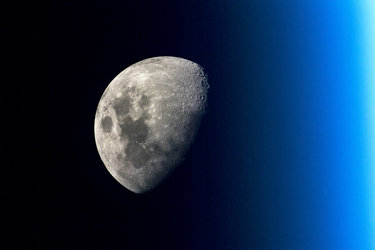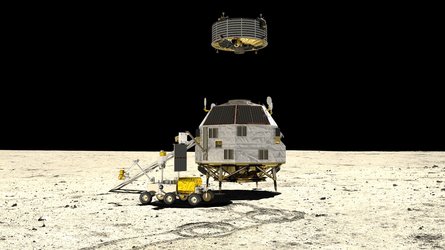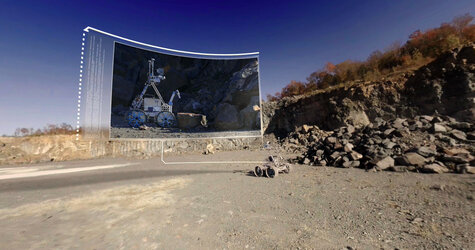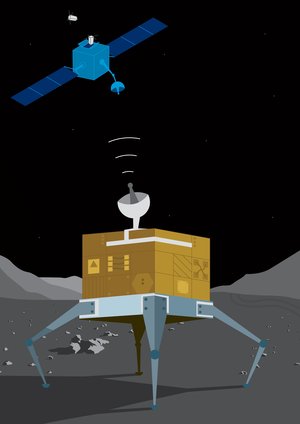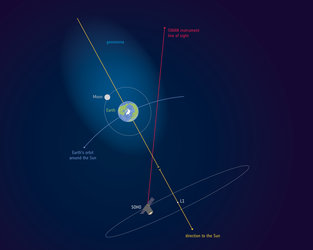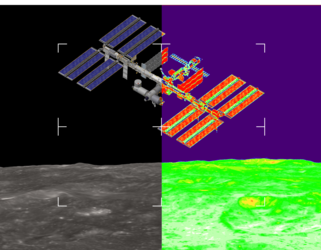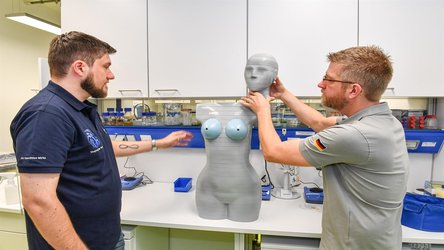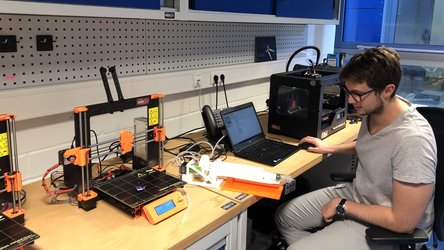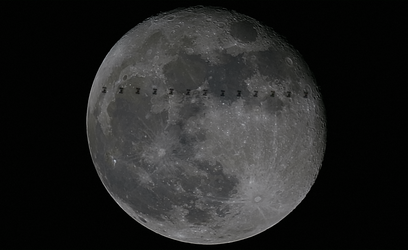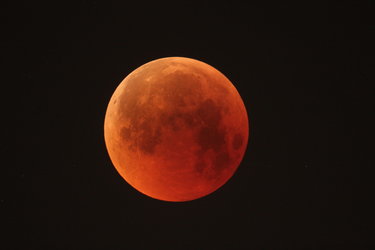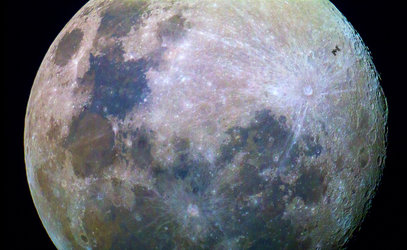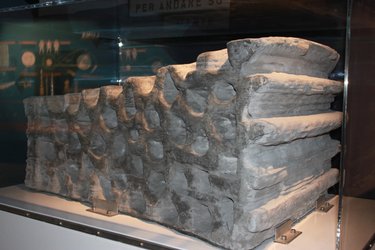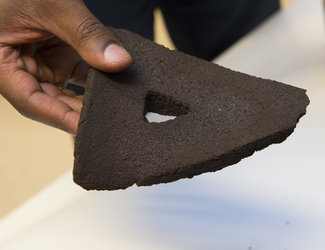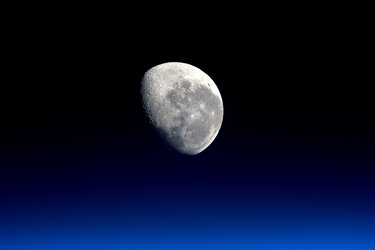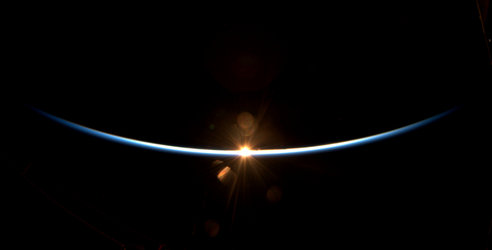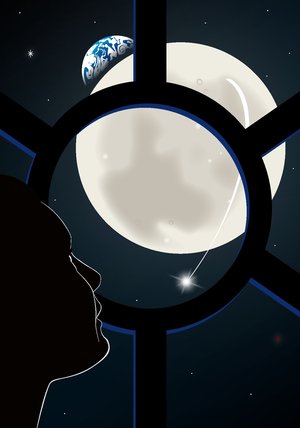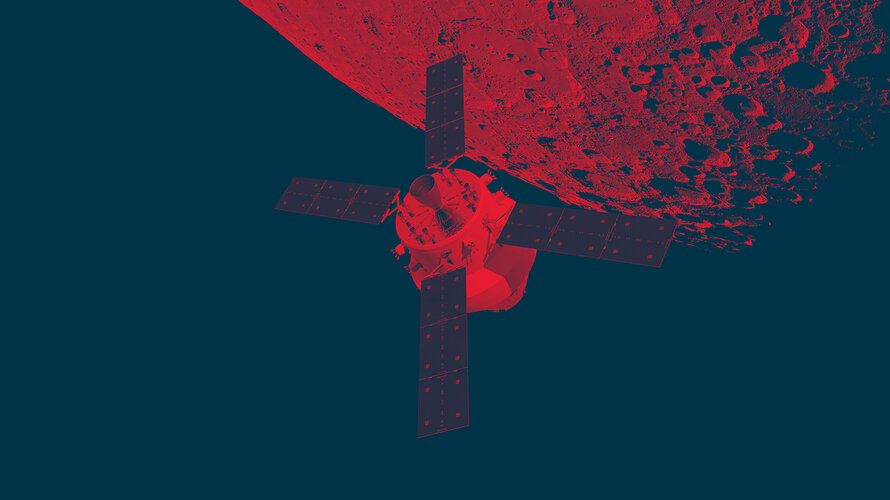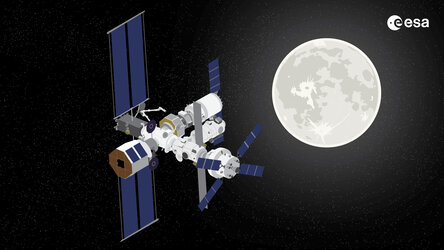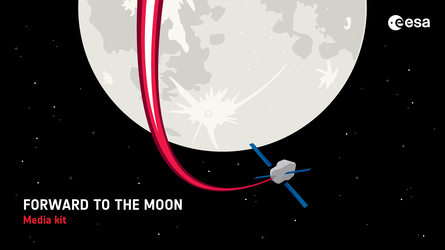A new camera for lunar exploration
Be it day or night, a new camera is set to help future spacecraft track a space station around the Moon and fly towards it.
The ESA-sponsored space navigation camera, currently under development, will contain key technology for the safe rendezvous of lunar landers with the space Gateway. This is destined to be a staging post, safe haven, and servicing and outfitting hub for missions to the Moon and eventually beyond.
The camera will acquire imagery in multiple spectral ranges and perform space navigation in the vicinity of the Moon, irrespective of lighting conditions. It will fly as part of the ESA-led international Heracles mission to the Moon in 2026.
In cooperation with the Canadian Space Agency and Japan’s JAXA space agency, Heracles will deliver unprecedented lunar science and prove game-changing technologies for future human missions to the Moon.
The camera will sit in the ascent module and track an orbiting station. The imagery will help the module navigate towards the Gateway and deliver pristine samples from the lunar surface.
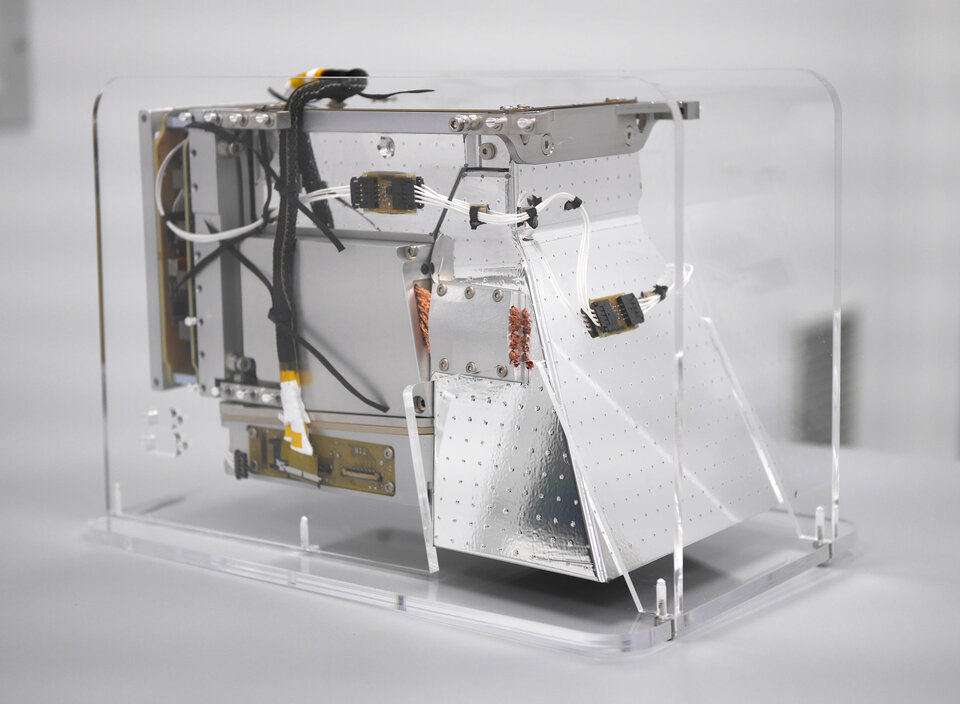
Dutch company ‘cosine’ leads the European consortium responsible for developing and testing the camera over the next 18 months, while GMV Aerospace and Defence will develop the navigation algorithms and software in Spain. It is an example of how ESA plans to work with private partners to open up new commercial opportunities and markets for the next phase of space exploration.
“The development of this camera provides a unique occasion to contribute to an ambitious programme of lunar exploration with an innovative and advanced space instrument,” says cosine project manager Pierluigi Foglia.
“It shows that instrument miniaturisation can go hand in hand with high performance and advanced functionality,” cosine business manager Marco Esposito adds.
Once complete, the technology will also aid the delivery of Moon samples to Earth on NASA’s Orion spacecraft.





